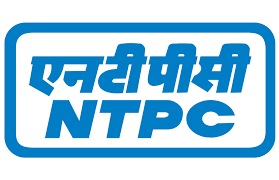DJB Exceeds Target By Commissioning Record Number of Reservoirs This Summer
Around 1 lakh residents to benefit from new Water Reservoir near ESI Hospital
This summer, Delhi Jal Board has commissioned 5 new Water Reservoirs, namely Sultanpur Dabas, Qutab Garh, Ramlila Ground, Kirari and a UGR near ESI Hospital on Anandmai Marg, which have improved the water supply position in the colonies of North-West district, Old City and South-West parts of Delhi, thus exceeding the target of commissioning of 4 UGRs and thereby benefitting a population of more than 7 lac people. This is an important step in providing piped water supply to the residents who have been dependent mainly on the tube well and tanker services of DJB.
By commissioning of the new UGRs at Kirari and near the ESI Hospital on Anandmai Marg, about 2 lac people living in 50 unauthorized colonies have been provided potable water facility through the piped network.
With the recently commissioned UGR near ESI Hospital on Anandmai Marg on 14.08.2014, residents living in the colonies of Lal Kuan village, Pul Pehlad Pur village, Vishwakarma Colony, DDA LIG and MIG flats at Pul Pehlad Pur, Janta Flats DDA, Southend Apartment DDA, Rly Colony Tughlakabad, and 8 other unauthorized colonies have started getting potable water. There are more areas along the MB road upto Khanpur which will also be connected soon with the transmission network of the UGR near ESI Hospital to benefit a large section of population living in the unplanned areas of South Delhi.
Delhi Jal Board is further planning to commission 3 more reservoirs namely, Kirti Nagar (West Delhi), Janakpuri (West Delhi) and Shalimar Garden (East Delhi), by December 2014, thus creating a record in itself of commissioning 8 UGRs in a year.
Presently, DJB has a water supply network, comprising of 7 water treatment plants (WTPs), 107 primary UGRs, and a large number of secondary/local UGRs connected through a web of more than 12,000 km long pipelines and is constantly working to improve its service delivery. In addition to the supply from surface water sources, DJB uses groundwater through 4,400 tubewells and 10 ranney wells to meet the daily water needs of the residents of Delhi.
DJB is striving hard to transform itself from a utility into an efficient service provider of water and wastewater services to the more than 18 million population of Delhi.








